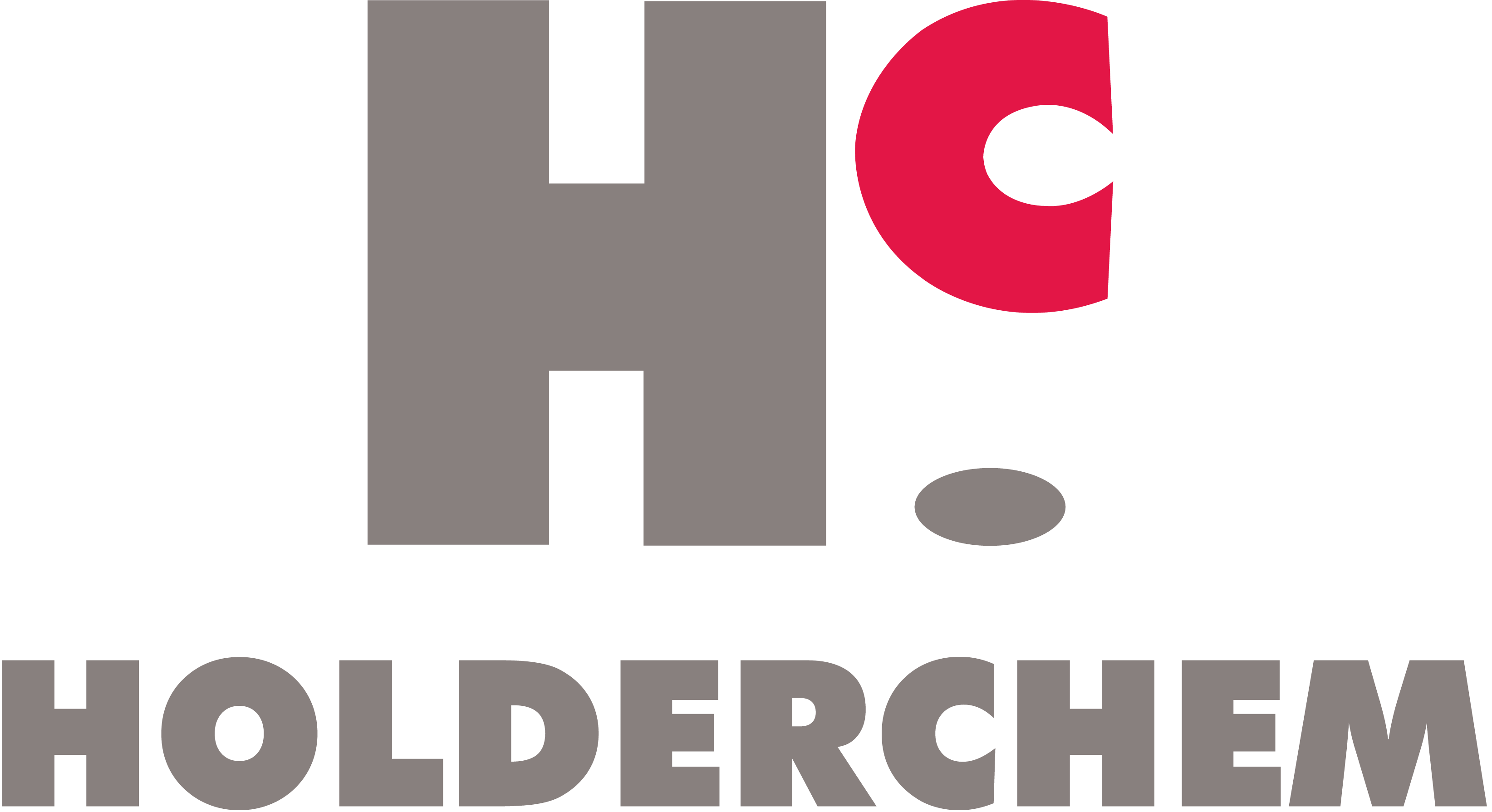
Waterproofing of Damp and Wet Rooms
Waterproofing is applied to both walls and floors of damp and wet rooms as essential for their long-term usability. It is important to ensure substrates remain dry and free from water damage particularly as many grouting materials are not waterproof nor do they offer if waterproof sufficient protection from water ingress. Substrates on which the waterproofing system is applied should under normal circumstances withstand stresses caused by the movement of the building, being exposed to water and temperature fluctuations, and the alkalinity of concrete and mortar.
The water exposure classes can be classified as follows:
- Low exposure (W0-I): It includes low areas with infrequent exposure to water spray such as (1) wall surfaces above sinks in bathrooms and sinks in domestic kitchens, and (2) floor areas in homes without drainages such as kitchens, utility rooms, and guest toilets.
- Moderate exposure (W1-i): It includes areas frequently exposed to water spray or infrequent exposure to service water, without intensification due to ponding water such as (1) wall surfaces above bathtubs in showers and bathrooms, (2) floor areas in the home with a drain and (3) floor areas in bathrooms with or without a drain without high water impact from the shower area.
- High exposure (W2-I): It includes areas with frequent exposure to spray water and/or industrial water especially on the floor, occasionally intensified by ponding water such as (1) wall surfaces of showers in sports facilities / commercial facilities, (2) floor areas with drains and/or gutters, (3) floor areas in rooms with floor-level showers, and (4) wall or floor surfaces of sports facilities / commercial sites.
- Very high exposure (W3-I): It includes (very high exposure) includes areas with very frequent exposure to splash water and/or industrial water and/or water from intensive cleaning processes intensified by ponding water such as (1) areas in the vicinity of swimming pools, (2) areas of showers and shower facilities in sports facilities / commercial sites, and (3) areas in commercial sites (commercial kitchens, laundries, breweries, etc.).
Crack classes substrates encountered for typical membrane substrates include the following:
- R1-I: for maximum changes in crack width up to approx. 0.2 mm on reinforced concrete, masonry, screed, plaster/render, structurally continuous, and sealed joints in gypsum board/gypsum fiberboard linings.
- R2-I: for maximum changes in crack width up to approx. 0.5 mm on joints in large-format blockwork masonry, structurally continuous joints in panel claddings/linings.
- R3-I: for maximum changes in crack width up to approx. 1.0 mm, plus offset between crack faces up to approx. 0.5 mm on wall base joints.
Recommended damp and wet room waterproofing solutions stand as follows:
- For W0-I to W2-I: crack bridging class R0-I to R3-I apply a cold self-adhesive bitumen geo-membrane with High-Density Polyethylene in one layer.
- For W0-I to W3-I: crack bridging class R0-I to R3-I apply a cold self-adhesive bitumen geomembrane with High-Density Polyethylene in two layers.
Alternatively:
- For W0-I to W2-I: on walls, for crack bridging class R1-I, apply a polymer dispersion in 0.5 mm thickness minimum.
- For W0-I to W1-I: on floors, for crack bridging class R1-I, apply a polymer dispersion in 0.5 mm thickness minimum.
- For W0-I to W3-I: on floors and on walls, for crack bridging class R1-I, apply a crack-bridging mineral waterproofing slurry in 2mm thickness minimum.
More details pertaining to the requirements for design and execution and waterproofing materials can be found in DIN 18 534 “Waterproofing for indoor applications” that took effect in July 2017.
Statement of Responsibility: The information and application advice contained in this document are based on the present state of scientific and practical knowledge of Holderchem SAL. It is provided with no warranty, implied or otherwise, as to its completeness or accuracy. Since methods and conditions of application and use are beyond the control of Holderchem, HOLDERCHEM MAKES NO WARRANTIES, IMPLIED OR OTHERWISE, AS TO THE MERCHANTABILITY OR FITNESS FOR ORDINARY OR PARTICULAR PURPOSES OF ITS PRODUCTS AND EXCLUDES THE SAME. Holderchem warrants that its products shall be of sound materials and workmanship. As products are applied, handled and stored in manners and site conditions over which Holderchem has no control, Holderchem's liability in respect of any material which can be proven defective shall be limited to the replacement of such defective material or reimbursement of its cost at Holderchem's option. Holderchem shall not be liable for any consequential or incidental damage or loss arising out of the use of its products. Important Note: Holderchem shall have the right to modify product specification sheets at any time without previous notice. Buyers should always refer to the most recent data sheets, copies of which can be supplied upon request. The sale of products mentioned in this literature shall be subject to Holderchem's General Conditions of Sale Delivery and Payment.




